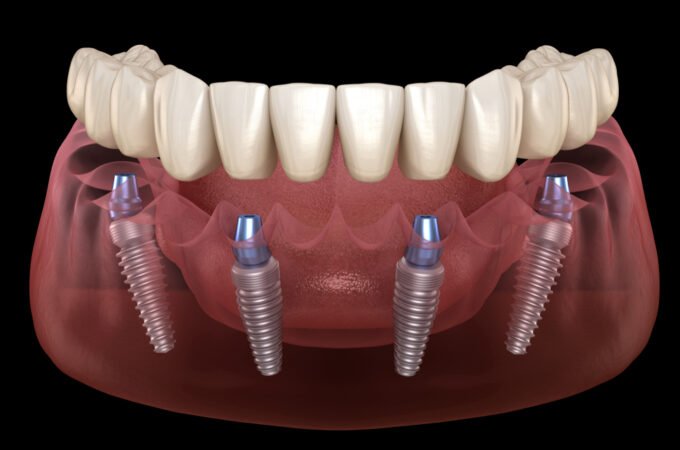
Can Cerebral Palsy Get Better?
Cerebral palsy is a debilitating condition with lifelong consequences, but can it get better? The answer depends on several factors like early intervention and lifelong therapy when needed.
What Is Cerebral Palsy?
Cerebral palsy (CP) is a cluster of permanent, non-progressive neurological disorders and effects caused by an injury to a developing brain that leads to a disruption in the brain’s control over the muscles and motor function. All cerebral palsy survivors report issues with posture and balance to a higher or lower degree.
Cerebral palsy is not a cognitive disorder even though 25% of children with CP are also diagnosed with mental retardation. Speech, vision, and hearing might also be affected in ways not fully understood by science.
It is estimated that more than 750,000 Americans currently live with cerebral palsy, with 10,000 new CP cases being identified each year. Infertility treatments, birth injuries, premature births, low birth weight, birth complications, certain medication, and infections during pregnancy are all risk factors that may cause a baby to develop CP.
Boys have a higher risk of being diagnosed with the disorder than girls, and so are Blacks when compared to Whites.
Does Cerebral Palsy Have a Cure?
As of today, CP lacks an official cure even though various treatments are on their way. The most effective therapies, which can only alleviate the symptoms, include occupational therapy (OT), physical therapy (PT), surgery, speech therapy, and medication.

Each one of these therapies are the most effective when accessed as early as possible. So, an early diagnosis is critical to prevent future complications, like the post-impairment syndrome, which can be easily mistaken for cerebral palsy’s symptoms.
Does Cerebral Palsy Get Better on Its Own?
Cerebral palsy does not get better without early intervention, but it doesn’t get worse either because the brain injury or abnormality that caused it do not change in time. That’s why, the disorder is referred to as being “non-progressive” or “not degenerative.”
The signs and symptoms of CP can only get better with treatments and early intervention. Both physical therapy and occupational therapy can help the child regain, build, improve his or her motor control and coordination and getting better at performing daily tasks like feeding and getting dressed with little to no assistance.
Occupational therapy has shown the best results as it focuses not only on improving motor function, but on helping the patient perform certain tasks on his or her own and live a normal life despite the disease’s limitations, as well.
Assistive devices such as braces, crutches, wheelchairs, eating and hearing aids can also help with the improvement of cerebral palsy’s symptoms and with achieving therapy’s ultimate goal: independent living.
Caregivers of CP patients can confirm that CP cannot get better on its own, but the associated symptoms may get worse over time. The associated symptoms are not caused directly by the brain injury behind the condition, but by the improper use of the body because of the disability.

What Is Post-Impairment Syndrome?
Post-impairment syndrome might appear in adult cerebral palsy patients after decades of misuse or abuse of certain body systems like muscles, bones, joints, and certain organs and tissue. For instance, CP-induced bad posture can lead to the compression of some organs which can lead to life-threatening complications that need to be addressed through surgery.
The most common post-impairment syndrome symptoms include:
- Fatigue
- Chronic pain (back pain, joint paint)
- Early onset of degenerative arthritis, also known as osteoarthritis
- Spasticity
- Loss of muscle tone
- Repetitive motion injuries
- Bone deformities
- Depression
- Loss of motor function.
Just like CP, these associated symptoms can be alleviated but cannot be “cured.” Consistent lifelong therapy plays a major role in preventing the syndrome or in keeping its symptoms in check. Medication and/or surgery may also be required.
Conclusion
Cerebral palsy cannot get better without intervention, but the associated symptoms can get worse. It is estimated that the medical costs incurred by a moderate to severe diagnosis can be up to 26% higher than those needed to care for a healthy child. The associated total lifetime costs to caring for a CP patient can quickly get beyond $1 million when we take into consideration expenses such as therapy, mobility aids, disability-friendly modifications of one’s home, and medication.
The good news is that if the condition was caused by medical error, you don’t have to shoulder these costs on your own. You can hold liable the people or entities (yes, hospitals can get sued too) responsible for your child’s disability and pain and get the compensation you are both due.
However, winning a birth injury lawsuit is a lengthy and complex battle, so get the right attorney on your side. Click the link to get legal advice from a cerebral palsy attorney and a free case review today!




